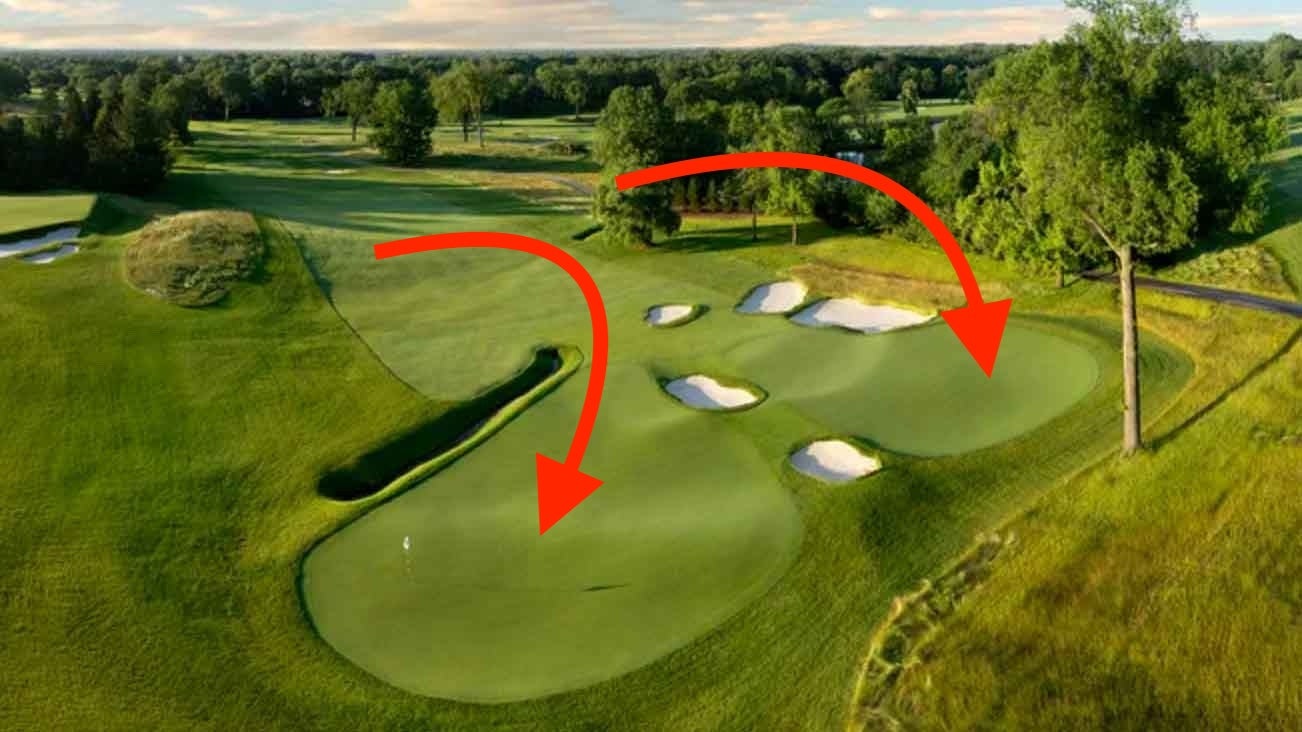With its West Coast swing wrapped up and the Florida swing in the on-deck circle, the PGA Tour goes south of the border this week for the WGC-Mexico Championship at Club de Golf Chapultepec in Mexico City. Club de Golf Chapultepec has played host to the event since 2017, and it has also hosted the Mexican Open 18 times since 1944. Here’s everything you need to know about this week’s course, where Phil Mickelson will be looking to defend his title.
The origin of the course: Scotsman Willie Smith moved to Mexico City to become a club professional at the Country Club of Mexico City. After moving across the pond from Scotland to Mexico, Smith was tasked with designing the Chapultepec course during the Mexican revolution. However, Smith died before the project was done and his brother, Alex, finished the course design in 1921. The course underwent a renovation performed by Percy Clifford in 1972 in order to make it a more modern track.
The design of the course: The 18-hole, par-72 course runs 7,267 yards from the furthest tees. The course, which is described as tree-lined parkland with tight fairways and undulating terrain, has four par-3’s and three par-5’s. It also has five tees available to its golfers (blue, gold, white, black, and red). But the most intriguing and unique aspect to the track is its elevation. The course is built approximately 1.36 miles (more than 7,800 feet) above sea level, so expect balls to fly more than usual in the extremely-high altitude.
Shortest hole: The par-3 172-yard 17th hole plays as the number 17 handicap and has a scoring average of 3.090. Golfers will use a mid- or short-iron when playing this par-3. The green is surrounded by a lake that lines the front and the left side of it, as well as by two bunkers on either side of the green. Players who hit the green with their tee shot will be rewarded with a good birdie opportunity, since the green is relatively flat. The hole comes at the end of a stretch of three straight uphill tees.
Longest hole: The par-5 625-yard sixth hole plays as the number six handicap, but the pros handle it well, yielding a scoring average of 4.727. It’s one of many uphill holes on the course, and it has a dogleg to the right that makes it difficult to reach in two. Off the tee, a bunker guards the right side of the fairway, and golfers will likely have to play their approach shot around a large tree that guards the right side further down. The green is surrounded by a lake, two bunkers to the right, and another one to the left. Like the par-3 17th, the green is flat and putt-friendly.
Notable par-4: The 506-yard fourth hole, which plays as the number four handicap and yielded a scoring average of 4.051, is arguably the course’s most notable par-4. The dogleg-left demands a strong tee shot just for the chance to see the green. Three bunkers guard the putting surface: One bunker is to the left, two to the right. A mid- to long-iron is required to hit the back-to-front green.







